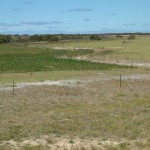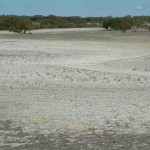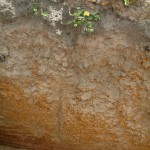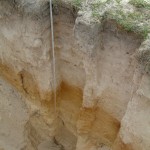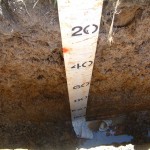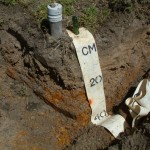Soils at Albany Proof Site
Soil fertility
The Albany Proof Site at Wellstead had adequate soil fertility with average Colwell phosphorus levels of 17 mg/kg and potassium of 70 mg/kg (Table 1). Soils were acid with pH (CaCl2) ranging from 4.8-5.0. Lime is recommended at this soil pH.
Table 1. Albany Proof Site soil fertility
| pH (CaCl2) | Potassium (HCO3) mg/kg | Colwell phosphorus (HCO3) mg/kg | Sulphur (KCl) mg/kg | |
| Range | 4.8-5.0 | 38-140 | 9-26 | 3-7 |
| Average | 4.9 | 76 | 17 | 5 |
Soil types
The site is made up of two distinct soil groups. The green areas in Figure 1 refer to deep sands, with the remainder of the site characterised by duplex sandy gravel soils.
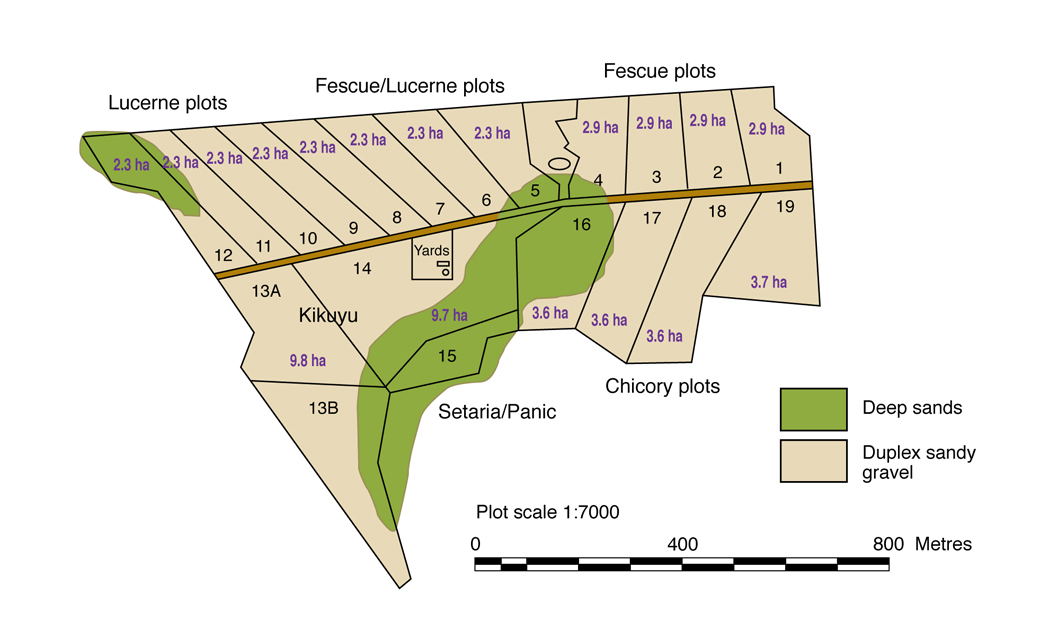
Duplex Sandy Gravel
The soil type is characterised as group 302 by the soil groups of Western Australia. Other common names include sandy gravel or gravely duplex. The soil can be described as ironstone gravel with a predominantly sandy matrix over a permeability contrast layer at 30-80 cm. The permeability contrast layer may be either a texture contrast or reticulite (mottled sandy loam to sandy clay loam).
Characteristics
- Yellow, brown or grey in top 30 cm
- Neutral to acid pH
- Over clay loam to clay or reticulite (mottled sandy loam to sandy clay loam) at 30-80 cm
- High gravel content (>20%, but often much higher) above the texture or contrast layer
- Native vegetation, especially proteaceous species, appears to have a role in the formation of these soils
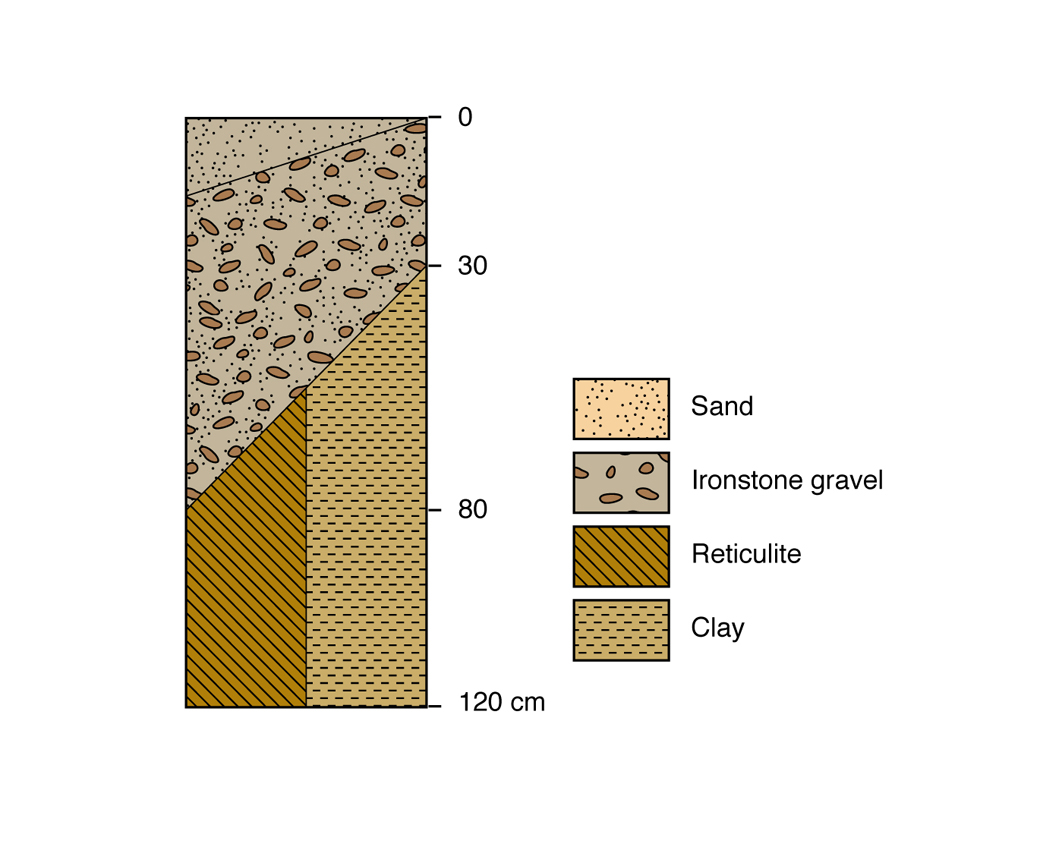
Duplex sandy gravel covered the majority of the area at the Wellstead Proof site. Setaria and panic were the only species that weren’t planted on the duplex sandy gravel. Tall fescue roots were not able to penetrate beyond the shallow ‘A’ horizon which contributed to the high plant mortality that occurred during the drought of 2006 and 2007. In the autumn of 2007 annual species subterranean clover cv. Coolamon and annual ryegrass cv. Winterstar were planted in pots 1-4 as an alternative pasture for these soils.
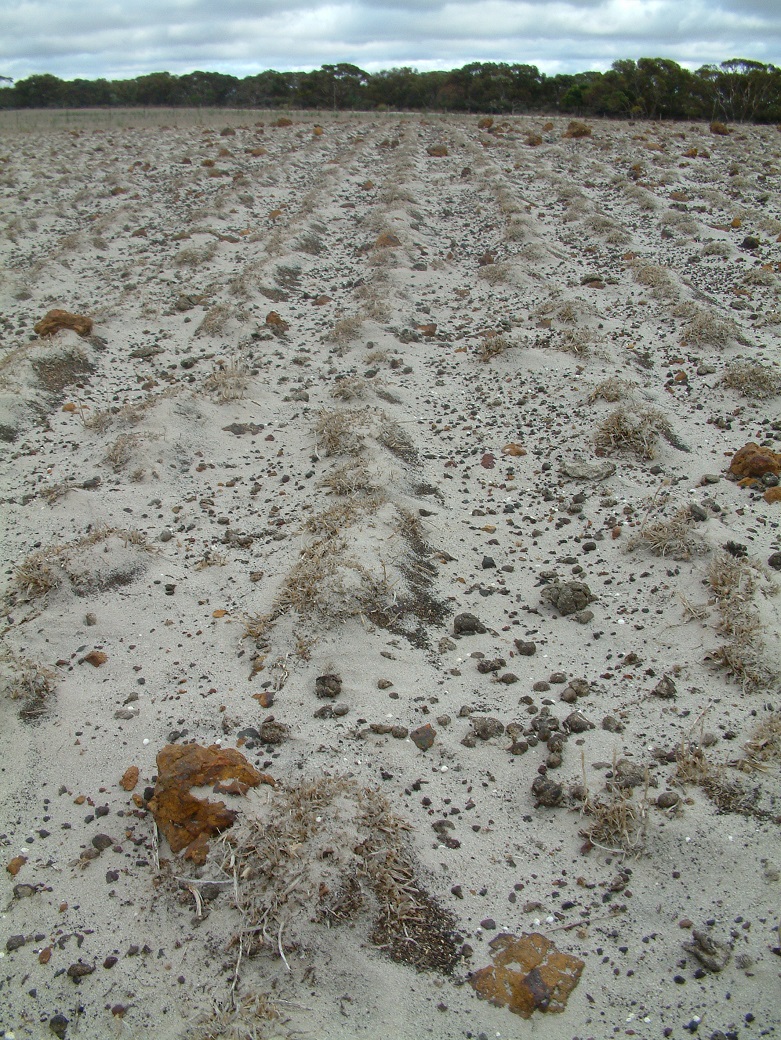
Lucerne failed to persist on this soil type possibly due to a lower than ideal soil pH (CaCl2) of 4.9 and an inability to develop a deep root system. Chicory performed best on the duplex sandy gravel due to the higher fertility and its capacity to penetrate the gravel B horizon with its feeder roots. The primary tap root didn’t go past the A horizon but it did enlarge to a size that allowed the plant to withstand dry conditions and rapidly produce new leaf following grazing.
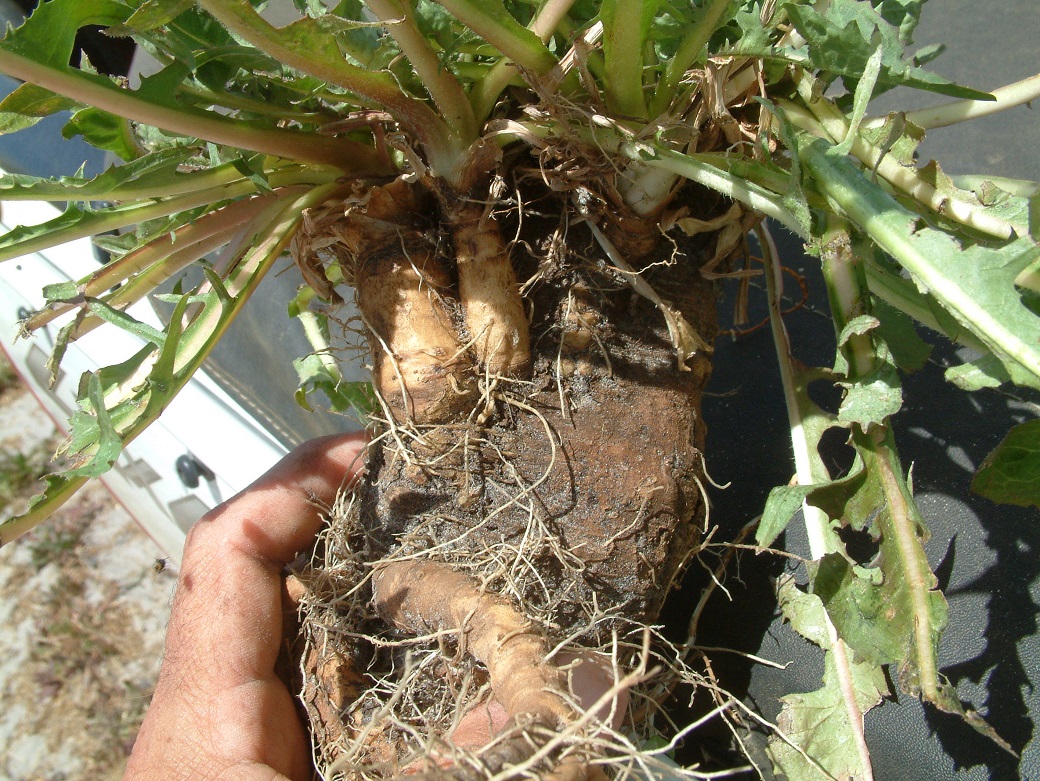
Pale deep sand
Pale deep sand is more commonly named gutless sand, grey sandplain or silver loam. This soil type is characterised as group 444 by the soils groups of Western Australia. It can be described as deep sand (>80 cm) with white, grey or pale yellow topsoil.
Characteristics
- White, grey or pale yellow within top 30 cm
- Neutral to acid pH
- Ironstone gravel may be present
- Coffee rock, clay or ferricrete may occur at >80 cm
- A weak coffee rock layer may occur within 80 cm
- A coloured sand may be present at 30-80 cm
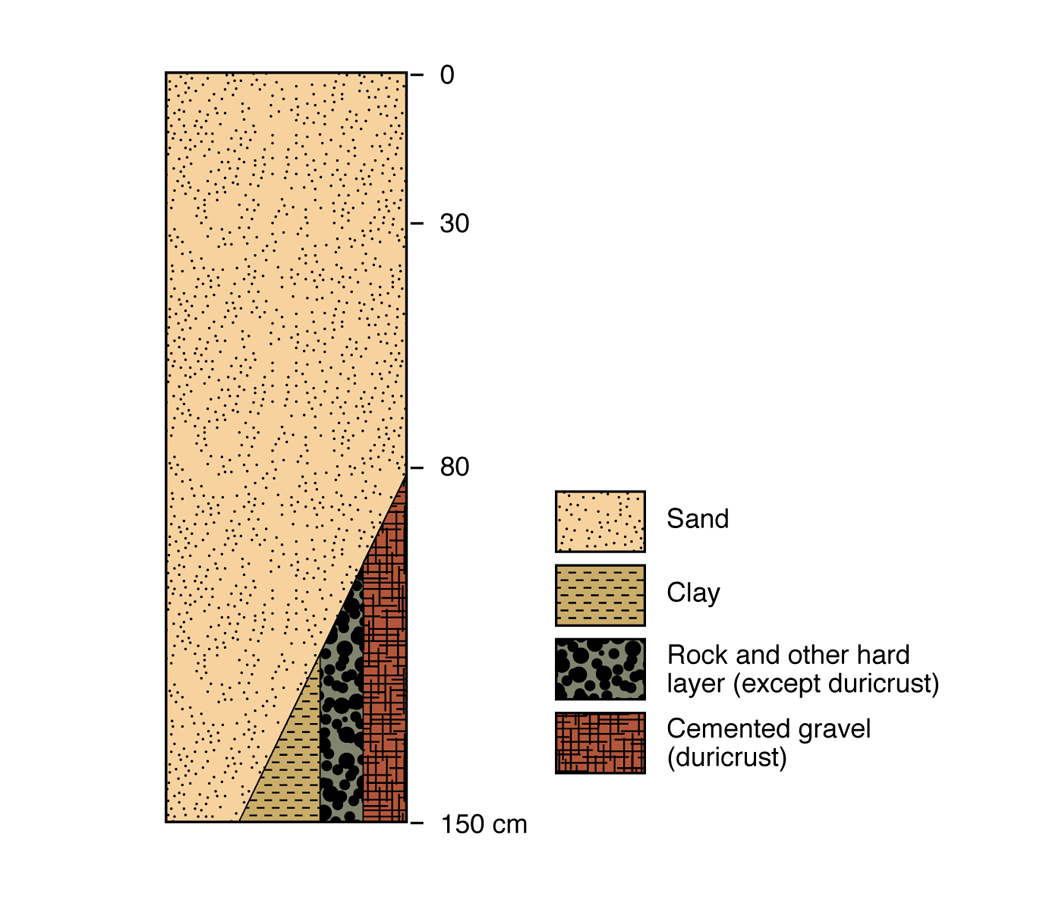
This soil type has the highest soil erosion risk (see Deep sandy soils picture in Picture Gallery below) but does allow deep rooted perennials, particularly kikuyu, to harvest moisture deep within the profile (see Deep sand picture). Both panic and setaria established well on this soil type. While low soil fertility did reduce pasture production and annual species density, the drought conditions did not have a negative effect on panic persistence. Kikuyu established well on the deep sand and performed similarly as it did on the duplex sandy gravel soils.

